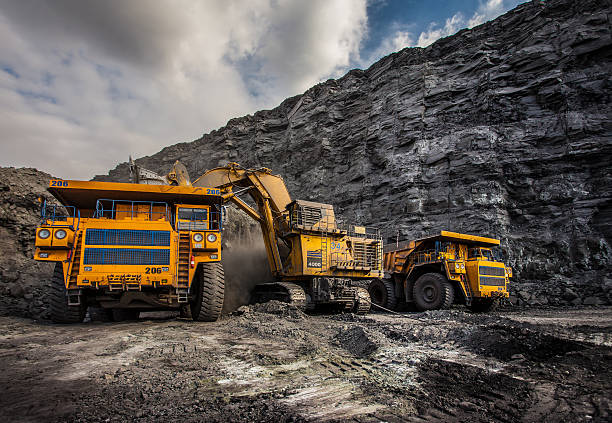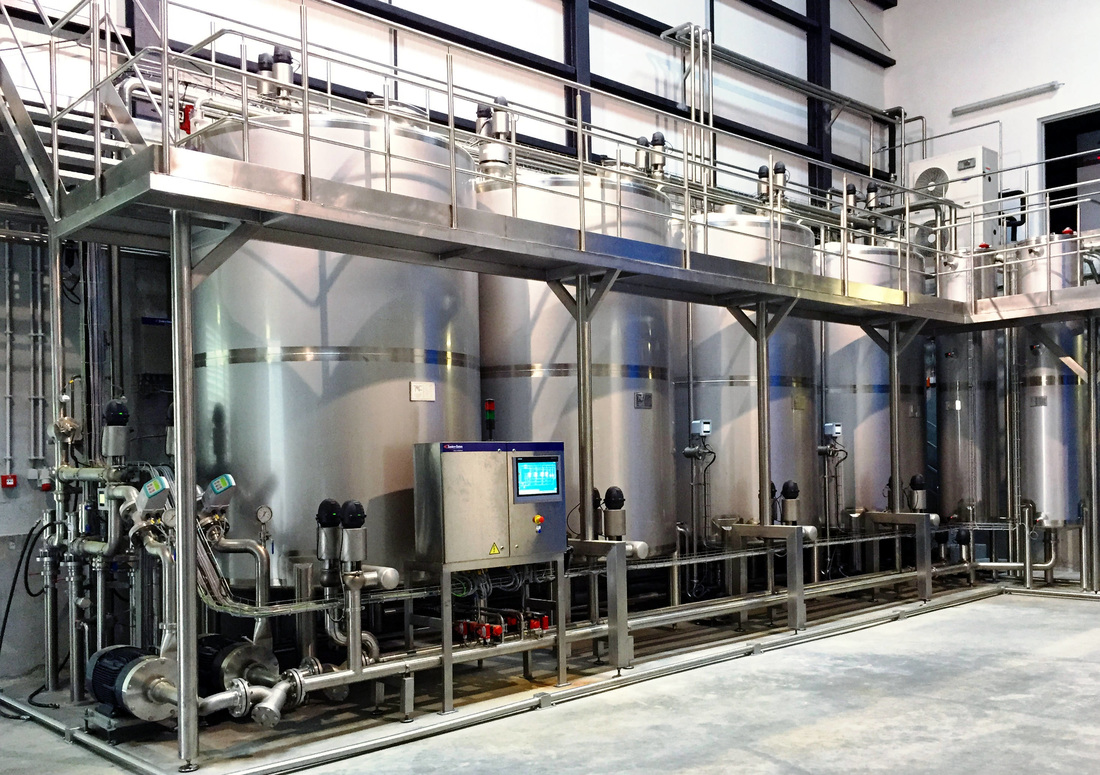Iron removal
Iron removal
Iron, manganese elimination, activated carbon equipment
Paper-making industry Municipal water supply Metallurgic industry Pharmaceutical and medical industry Textile industry Electronics industry Food industry Chemical industry Fertilizer production Oil refining Electric power industry Glass-making industry
Iron removal
Purpose – to remove the iron ions from the water. Inert media is used. The water is aerated, then filtered through the inert media. Bivalent ferrous ions are oxidized during reaction with oxygen and turn into trivalent ferric hydroxide, which is contained on the filter media. With increased pressure drop on the filter bed, the filter is backwashed with air and water to remove the iron contained. It is used for treatment of drinking and industrial water.| |
|---|
| Quality of supplied water | Deep waters. Iron content 1-5mg/l |
| Quality of treated water | Iron content 0.05 mg/l – 0.1 mg/l |
| Capacity of standard filter unit | 1 m3/h – 100m3/h. *capacity of the designed system is not limited |
Removal of iron and manganese
Purpose – to remove the iron and manganese ions from the water. Inert media is used. The water is aerated, and then filtered through the inert media. Bivalent ferrous ions are oxidized during reaction with oxygen and turn into trivalent ferric hydroxide which is contained on the filter media. Because of the appropriate quantity of oxygen, manganese ion oxidation reaction is carried out by further filtration stage in which the manganese ions are also removed on the media. With increased pressure drop on the filter bed, the filter is backwashed with air and water to remove the iron and manganese contained. It is used for treatment of drinking and industrial water.| |
|---|
| Quality of supplied water | Deep waters. Iron content 1-5mg/l, manganese content 1-3 mg/l |
| Quality of treated water | Iron content 0.05 mg/l – 0.1 mg/l |
| Capacity of standard filter unit | 1 m3/h – 100m3/h. *capacity of the designed system is not limited |
Removal of sulfur hydrogen
Purpose – to remove the sulfur hydrogen ions from the water. Inert media is used. The water and air are entered into the lower part of the non pressure filter. Sulfur hydrogen ions are oxidized and contained on the filter filter media during reaction with oxygen. The filter bed is washed out by increased water flow. It is used for treatment of drinking and industrial water.| |
|---|
| Quality of supplied water | Deep waters. Sulphuretted hydrogen content 1-3mg/l |
| Quality of treated water | Sulphuretted hydrogen content < 0.1 mg/l |
| Capacity of standard filter unit | 10 m3/h – 70m3/h. *capacity of the designed system is not limited |
Ammonia removal
Purpose – to eliminate the iron and ammonia ions from the water. Inert media is used. The water is aerated, then filtered through the inert media. With increased pressure drop on the media, the filter is backwashed to remove the iron and ammonia compounds contained. It is used for treatment of drinking and industrial water.| |
|---|
| Quality of supplied water | Deep waters. Iron content 1-5mg/l, ammonia content 1.5 mg/l |
| Quality of treated water | Iron content 0.1 mg/l – 0.2 mg/l |
| Capacity of standard filter unit | 1 m3/h – 100m3/h. *capacity of the designed system is not limited |
Activated carbon filters
Organics removal
Purpose – to eliminate the organic compounds from the water. Activated carbon media is used. The water is filtered through the filter bed. Organic compounds are removed by media because of high activated carbon surface area. The filter bed is flushed with hot water for disinfection purposes. If it is possible to disinfect the media by steam in this process the lifetime of activated carbon is extended. It is used for treatment of drinking and industrial water.| |
|---|
| Quality of supplied water | Deep or filtered surface water. Organics content 10-20 mg/l |
| Quality of treated water | Organics content 3 mg/l – 5 mg/l |
| Capacity of standard filter unit | 1 m3/h – 100m3/h. *capacity of the designed system is not limited |
Removal of free chlorine
Purpose – to remove the free chlorine from the water. Activated carbon media is used. The water is filtered through the filter bed. Free chlorine is decomposed because of catalytic properties of activated carbon. It is used for treatment of drinking and industrial water.| |
|---|
| Quality of supplied water | Deep or filtered surface water. Free chlorine content 0.5-20 mg/l |
| Quality of treated water | Free chlorine content 0 mg/l – 0.05 mg/l |
| Capacity of standard filter unit | 1 m3/h – 70m3/h. *capacity of the designed system is not limited |



